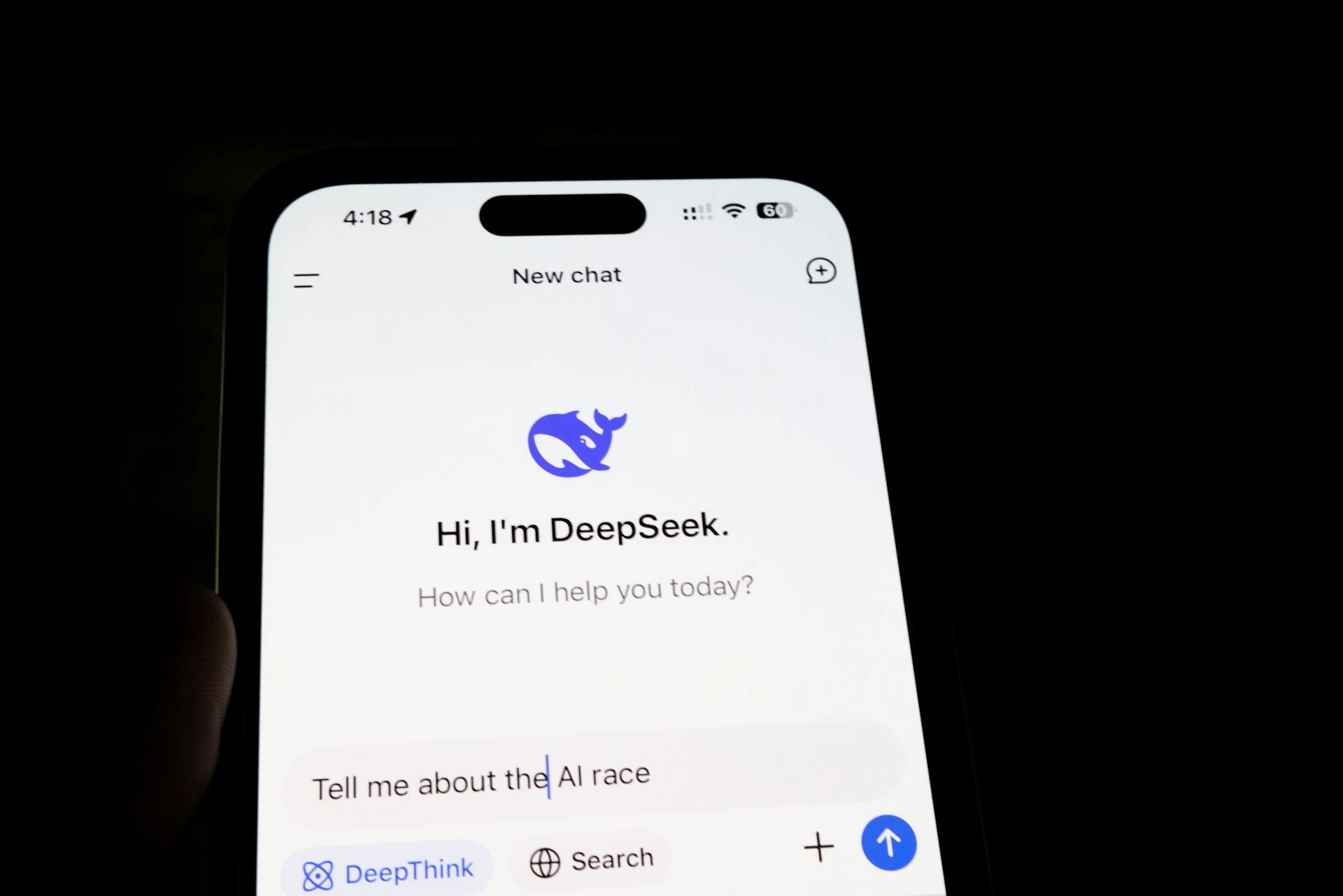AI Competitor Analysis: How to Track Rivals in ChatGPT and Claude
Master AI competitor analysis with proven strategies for tracking rival brand mentions across AI platforms. Learn how to benchmark your performance.
- Home
- AI Competitor Analysis: How to Track Rivals in ChatGPT and Claude
AI Competitor Analysis: How to Track Rivals in ChatGPT and Claude
Why Traditional Competitor Analysis Falls Short in AI Search
Conventional competitive research focuses on SEO rankings, backlink profiles, and keyword positioning—metrics that don't influence AI recommendations. SEMrush and Ahrefs cannot reveal which brands ChatGPT mentions most frequently or how competitors position themselves in conversational contexts. AI platforms evaluate semantic authority, contextual relevance, and conversational value rather than traditional ranking signals. This fundamental difference renders standard competitive intelligence incomplete and often misleading.
Setting Up Your AI Competitor Monitoring System
Effective AI competitor analysis requires systematic query testing across multiple platforms and consistent measurement protocols. Begin by identifying your primary competitors and developing standardized question sets that customers typically ask about your industry. Test these queries across ChatGPT, Claude, Gemini, and Perplexity to establish baseline competitor mention frequencies. Document response patterns, positioning messages, and context associations for each competitor. This systematic approach reveals competitive landscapes that traditional tools cannot detect.
Key Metrics to Track for Competitor Performance
AI competitor analysis requires specialized metrics that measure semantic positioning and conversational authority. Track mention frequency across different AI platforms, context positioning within responses, and association strength with industry terms. Monitor competitor co-mentions with other brands, topic authority scores, and response sentiment patterns. Advanced metrics include semantic clustering analysis, conversational context mapping, and authority signal detection. These measurements provide competitive intelligence that correlates with actual AI traffic and brand discovery patterns.
Identifying Competitor Strengths and Weaknesses
Systematic AI monitoring reveals competitor positioning strategies and content gaps that create strategic opportunities. Analyze which topics trigger consistent competitor mentions versus areas where no brand dominates AI responses. Identify competitors that excel in specific AI platforms but remain invisible on others. Document messaging patterns, authority signals, and content types that correlate with high mention frequencies. This analysis uncovers strategic vulnerabilities and positioning opportunities that traditional competitive research cannot identify.

Benchmarking Your Brand Against AI Search Leaders
Effective benchmarking compares your AI visibility against industry leaders using standardized measurement frameworks. Establish baseline metrics for your current AI mention frequency, positioning context, and authority associations. Compare these metrics against top-performing competitors to identify performance gaps and optimization opportunities. Track relative performance changes over time to measure competitive positioning trends. This benchmarking approach reveals whether your AI optimization strategies are gaining or losing ground against established market leaders.
Turning Competitor Intelligence into Strategic Advantage
The most valuable competitive insights come from translating AI monitoring data into actionable optimization strategies. Identify content topics and messaging approaches that consistently generate competitor mentions, then develop superior content that addresses those themes with greater authority and depth. Exploit identified gaps where no competitor consistently appears in AI responses. Leverage competitive positioning analysis to differentiate your brand messaging and establish unique semantic associations. This strategic application transforms competitor intelligence into sustainable competitive advantages.
Conclusion
AI competitor analysis reveals competitive landscapes that traditional tools cannot detect, providing strategic advantages through semantic positioning and conversational authority insights. Organizations that systematically monitor competitor performance across AI platforms gain intelligence that directly translates to optimization opportunities and market positioning advantages. The brands that master AI competitive intelligence will dominate conversational discovery channels while competitors rely on outdated measurement frameworks.